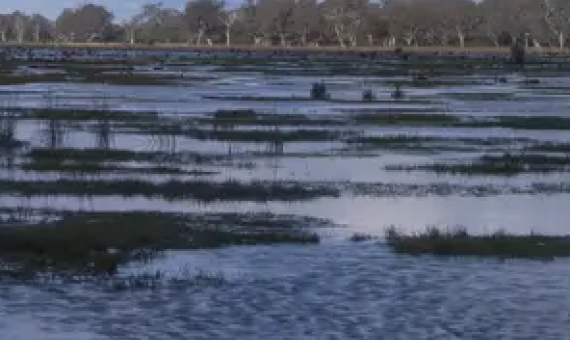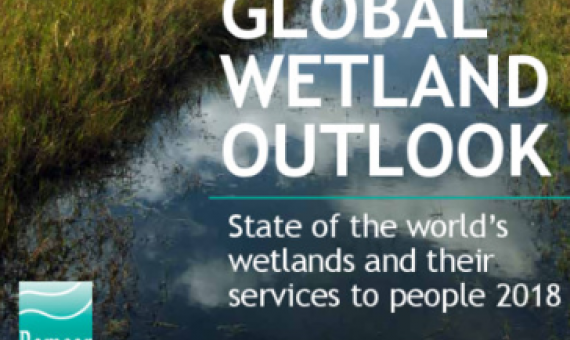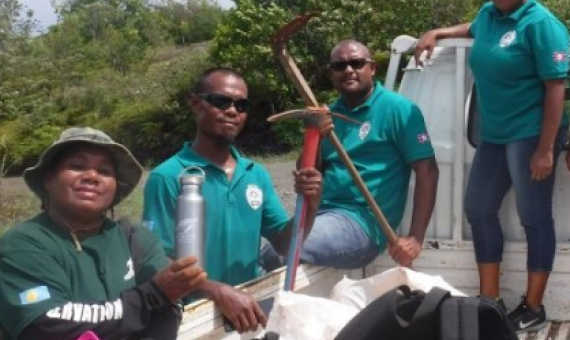The Nagao Wetland Fund (NWF) is open for applications from Contracting Parties in the Asia and Oceania regions included in the DAC List of ODA Recipients. The NWF is intended to support Contracting Parties in the Asia and Oceania regions on small-scale projects, with a maximum offer of USD 1
The proposed development by Walker Corporation, which has been a major political party donor, would include more than 3000 apartments, a hotel, shops and marina on Toondah Harbour in Moreton Bay, south east of Brisbane. Click on the link below to read the full article.
Please join us for a webinar on the Global Wetland Outlook: State of the World's Wetlands, which will be held Monday, 4 February 2019, from 17:00-18:00 (US Eastern Standard Time). Prof. Royal Gardner and Dr.
Ten youth from Ngerkesoaol spent last Friday at Micronesia's largest and most biologically diverse freshwater lake, Palau's very own lake - Ngardok Nature Reserve in Melekeok, Palau. Click on the link below to read the full article.
In this paper, we explore the required functionality of a generic model of the effects of climate and land-use changes on wetlands ecosystem services worldwide. Click on the link below to access the full paper.
Approximately 35 per cent of the world’s wetlands were lost between 1970-2015 with annual rates of loss accelerating from 2000, according to the first-ever Global Wetland Outlook. Click on the link to read the full article
This publication showcases research which is contributing to improved understanding and management of wetlands, both in Australia and internationally. Click on the link below to access the full publication.
Part 1 of this review synthesizes recent research on status and climate vulnerability of freshwater and saltwater wetlands, and their contribution to addressing climate change (carbon cycle, adaptation, resilience).Click on the link below to access the full paper.
This book describes how natural or constructed wetlands can be used to reduce pollution of freshwater and coastal ecosystems, while still preserving their biodiversity and ecological functions. Click on the link below for further details.
This book describes how natural or constructed wetlands can be used to reduce pollution of freshwater and coastal ecosystems, while still preserving their biodiversity and ecological functions. Click on the link below for further details.













